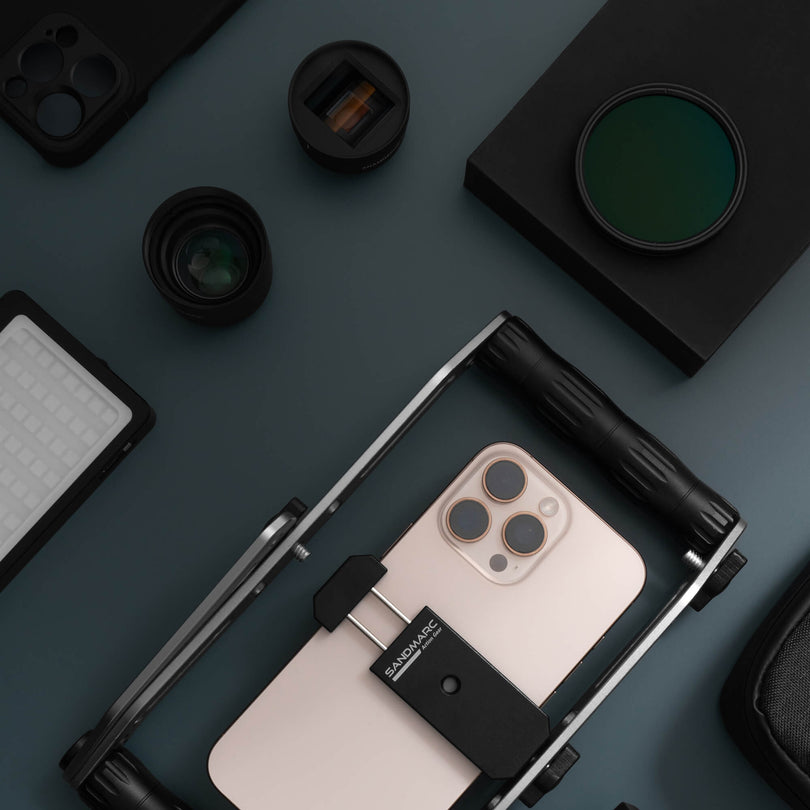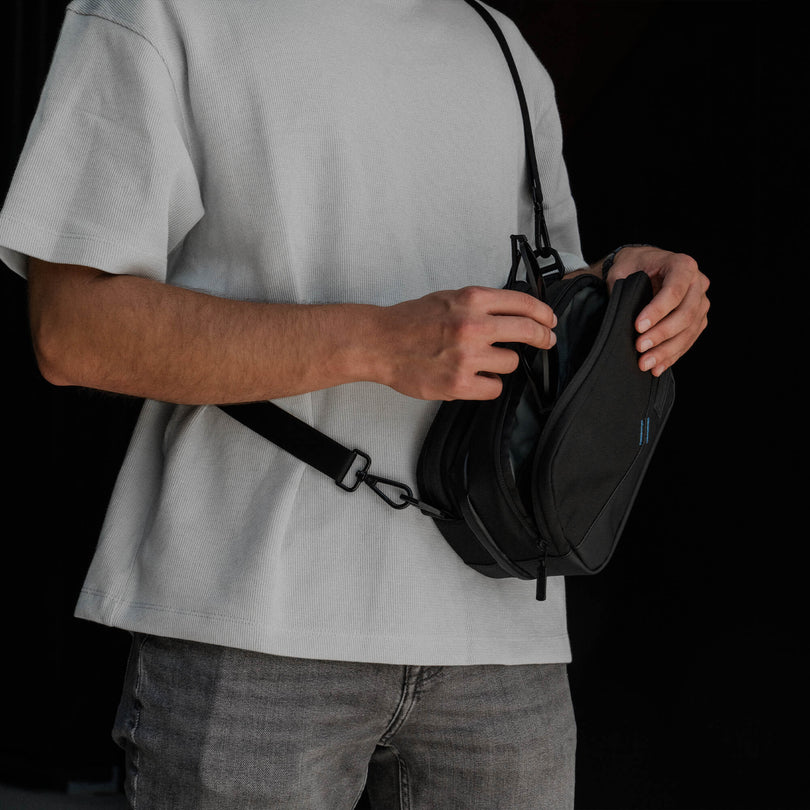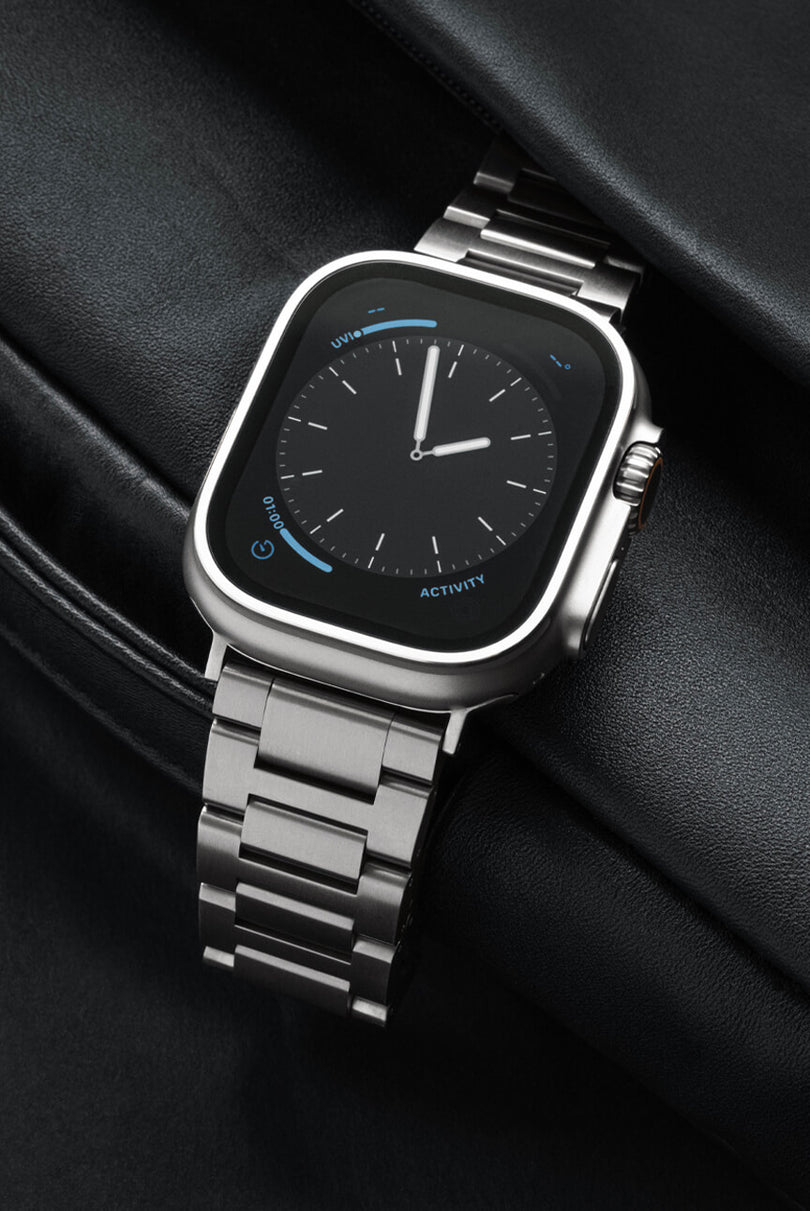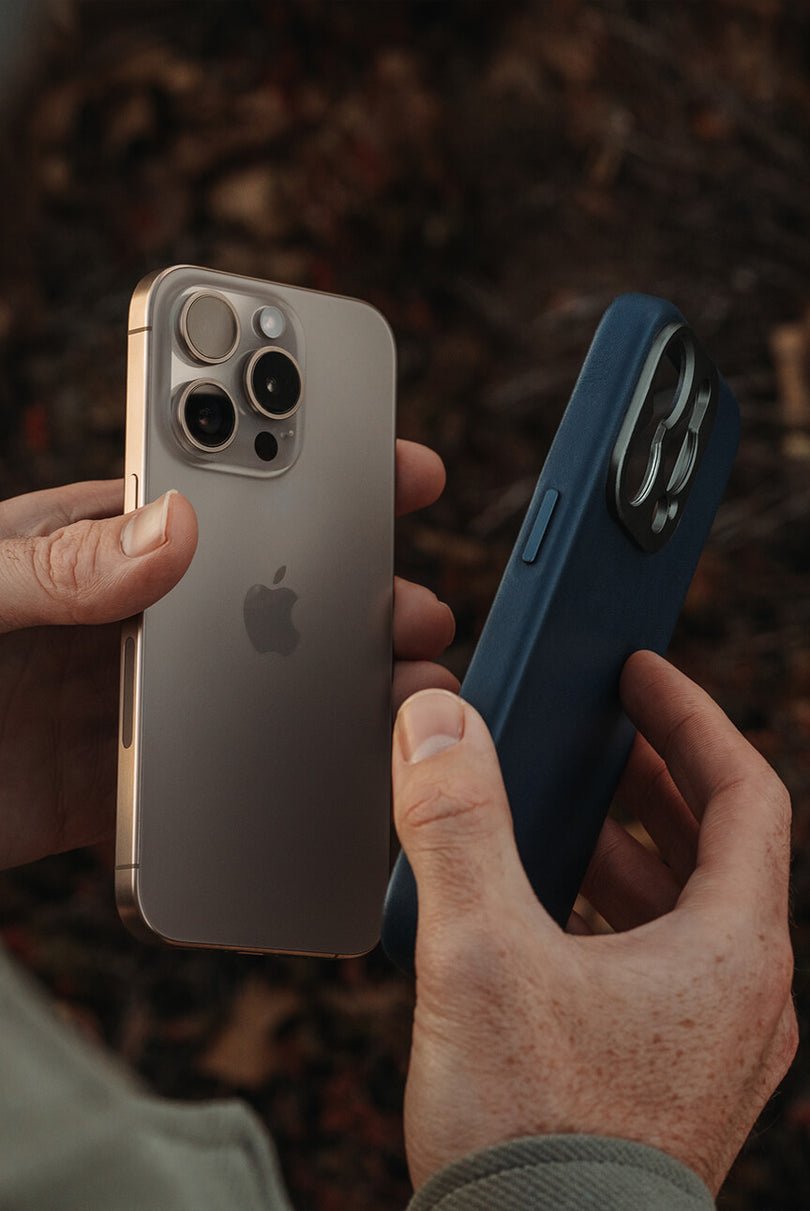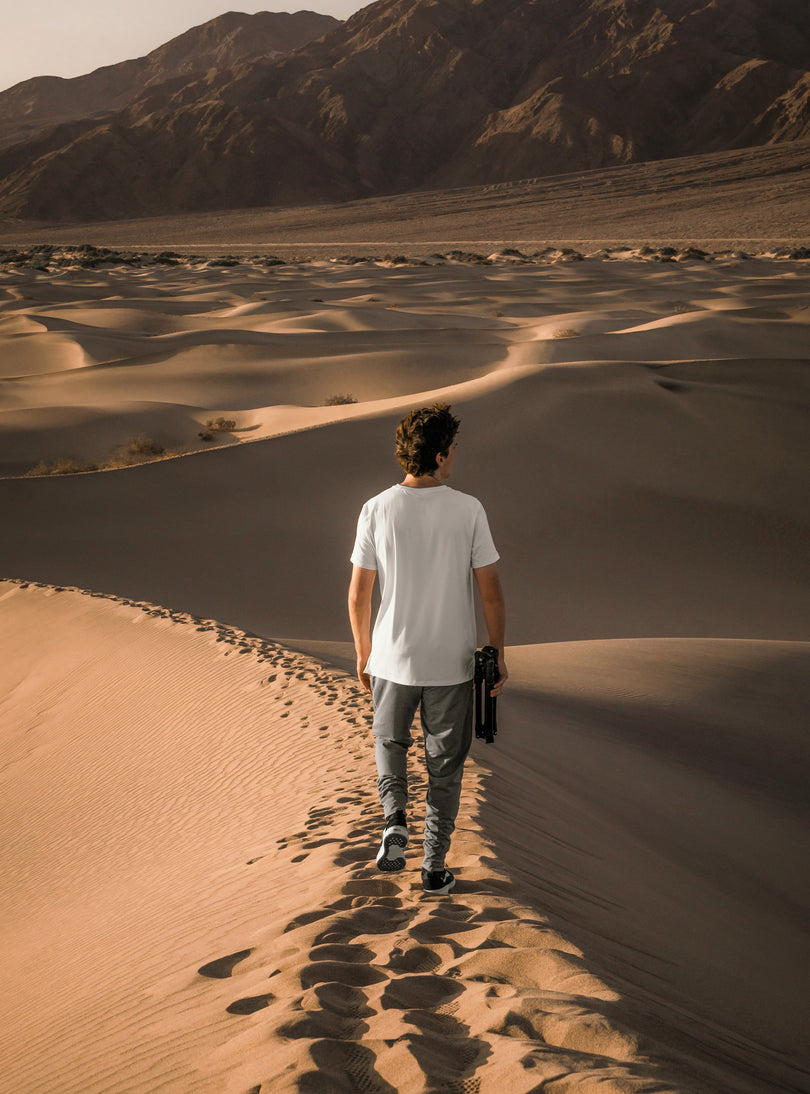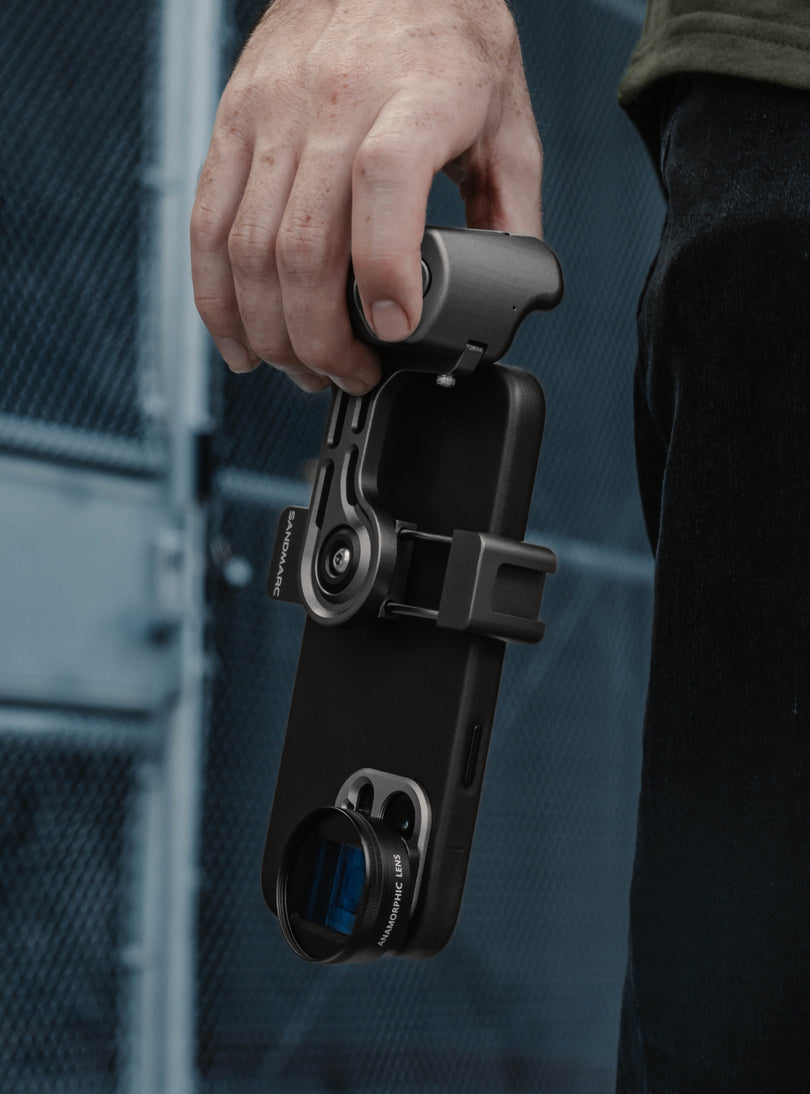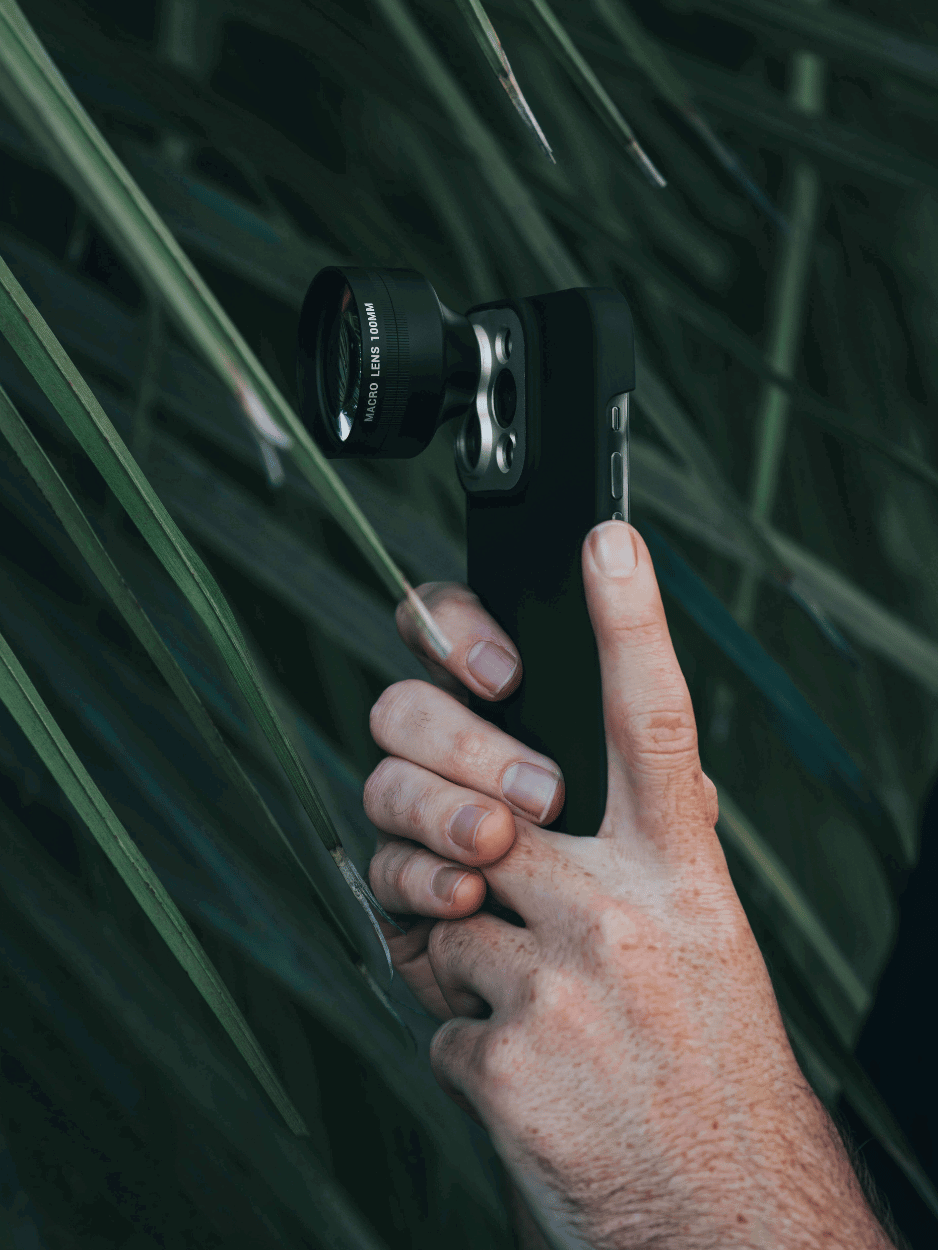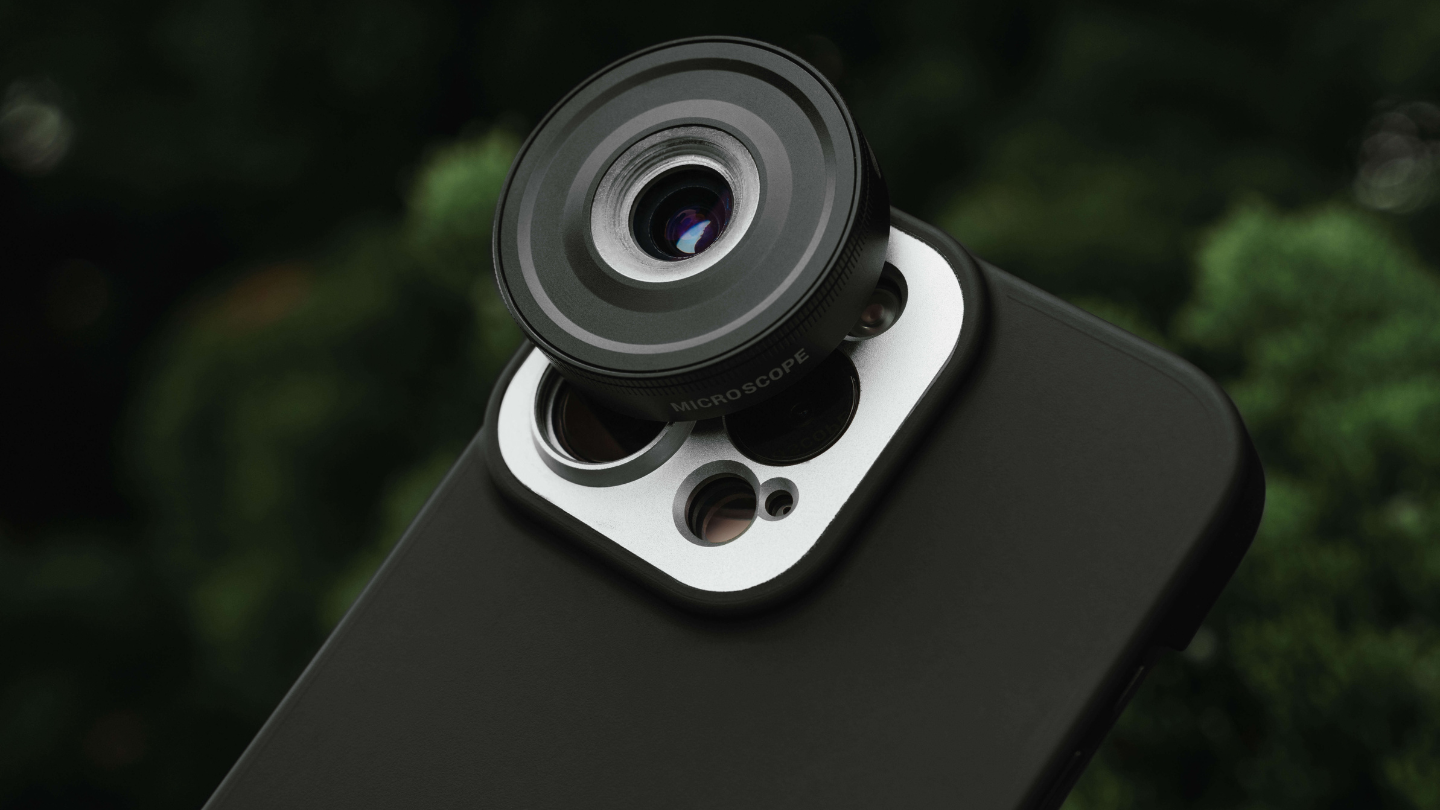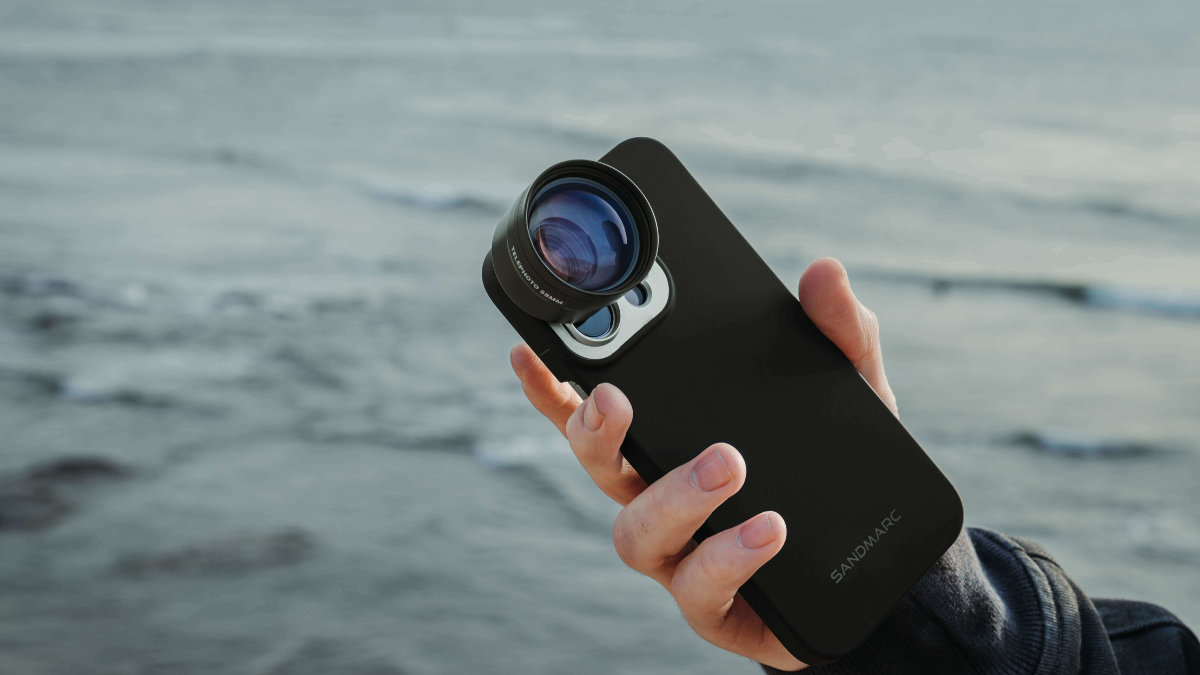Macro Photography Guide
How to achieve macro shots with incredible detail.
Photography can be used for many reasons, but one that never fails is allowing people to see things from a different perspective. Macro photography is the epitome of this. Depending on your angle, background and the object you choose to shoot, you have the power to allow people to see something they wouldn't be able to without your photography.
What is Macro Photography?
Macro photography is close-up photography of tiny objects. Photographers can be indoors or outdoors, as long as the object in focus is small. Many people like to use macro photography as a way to make small objects appear life-size, while others prefer to use it as an intense close up to view an object in detail. Many people choose to photograph insects, and/or flowers,
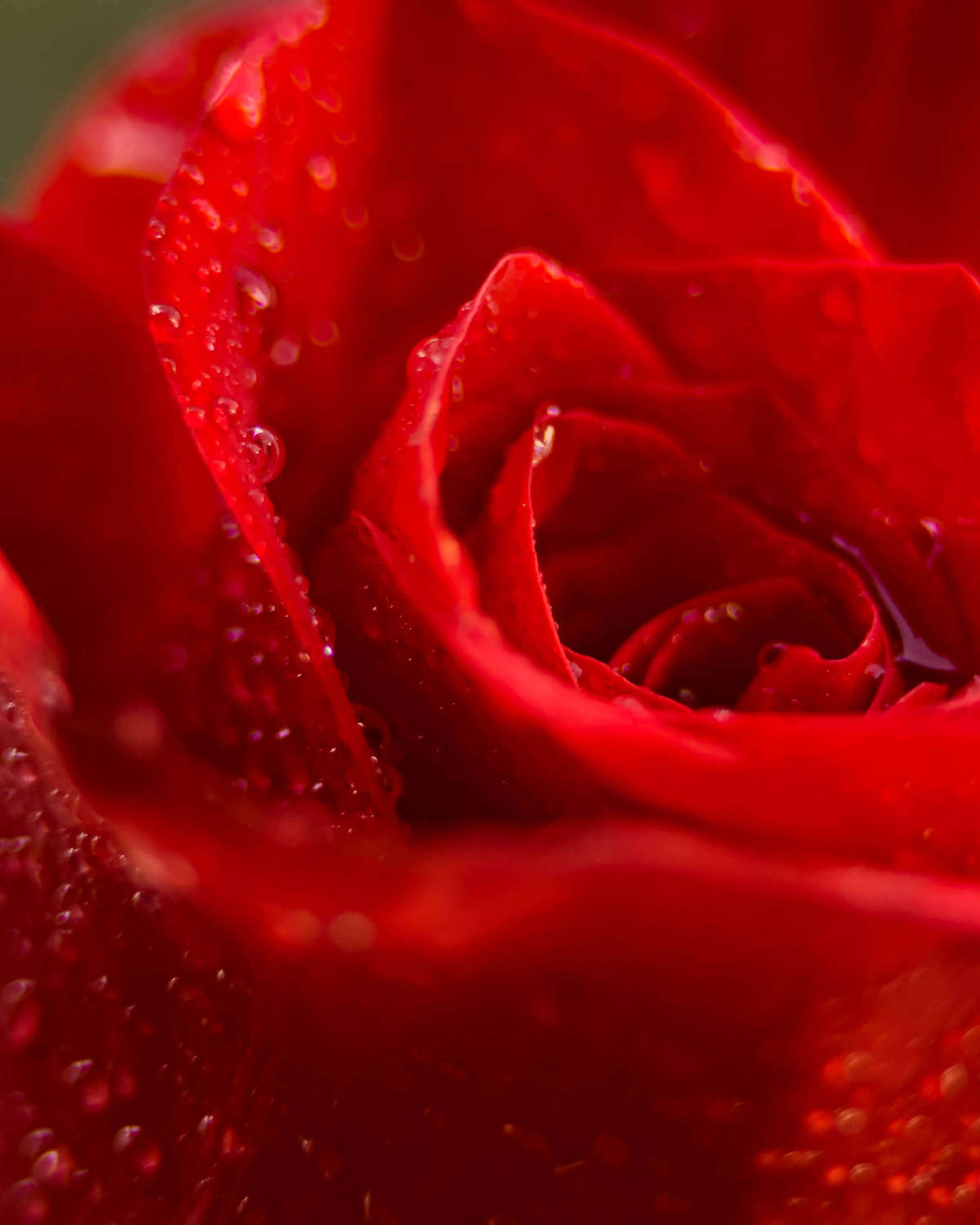
Shot on iPhone with SANDMARC 100mm Macro
Do Macro Lenses Come in Different Focal Lengths?
Like many other lenses, the macro lens can be found with various focal lengths. There are short, intermediate and long macro lenses. The short macro lens has a focal length of 35mm-60mm and requires you to be very close to your object. Short macro lenses aren’t very effective, because they often cast shadows and will make your photos turn out dark.
The intermediate lens has a focal length of 90mm-105mm, and is capable of working in longer distances. This is the ideal size for a hand held, because it is the lightest lens. As the macro lens gets longer at 150mm-200mm they become heavier, and more expensive.
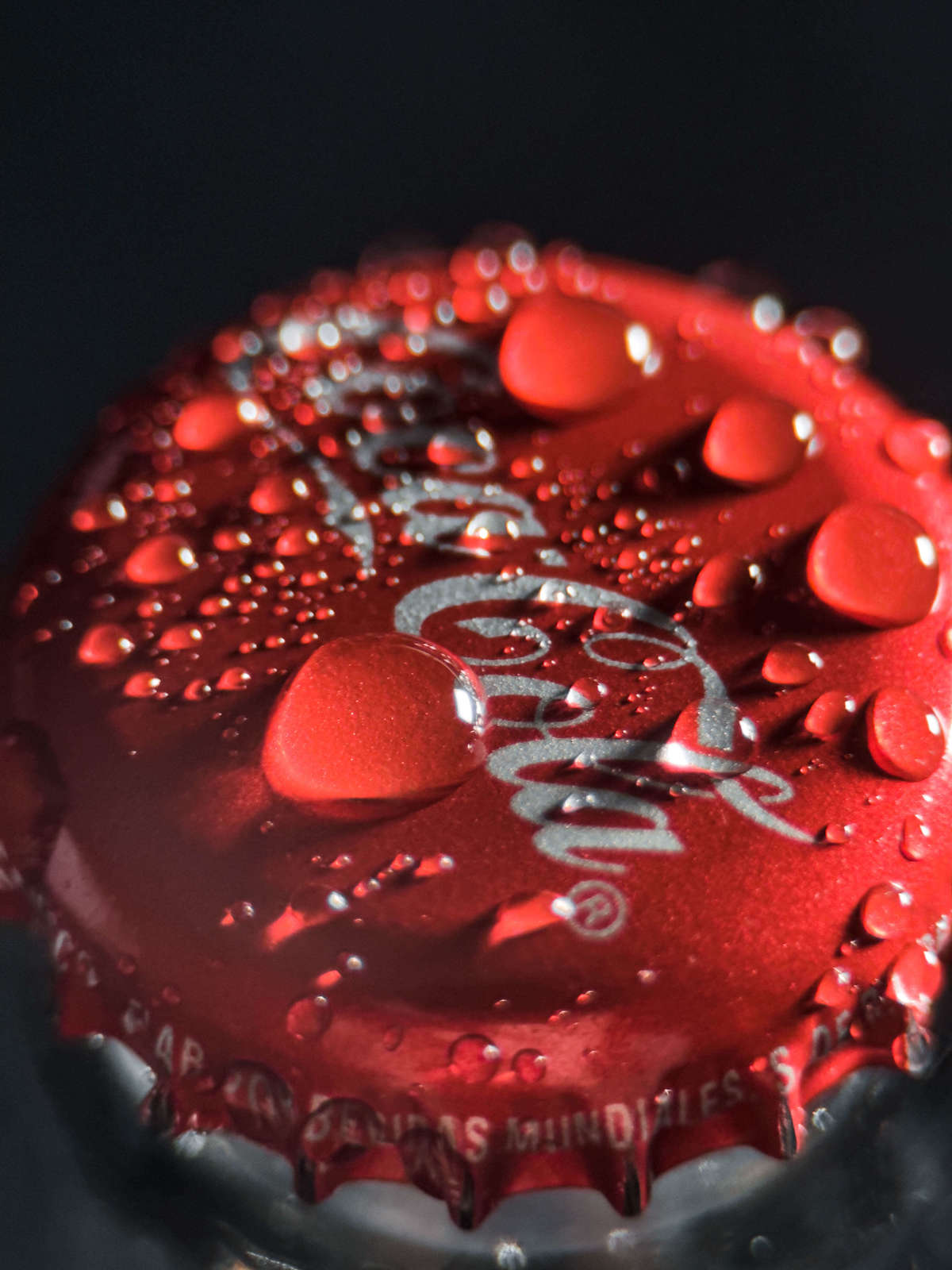
Shot on iPhone with SANDMARC 100mm Macro
3 Key Factors to Consider for Your Macro Shoot
1. Magnification Ratio - The magnification ratio compares the size of the image captured by the camera sensor to the actual size of the object being photographed. It's important to know the magnification ratio of a lens before you purchase it as it effects how in detail your photo will be. The SANDMARC Macro Lens attachment for iPhone is a true macro lens with 10x the zooming capability and a magnification ratio of 1:1.
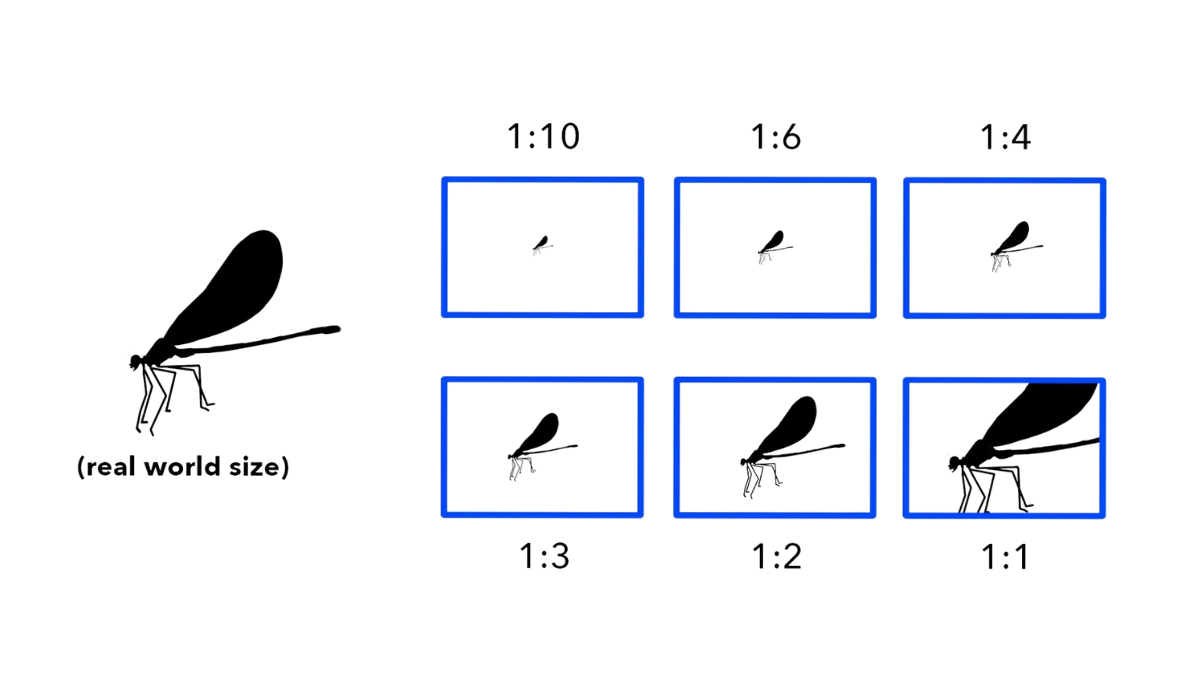
Photo via Photography Life
2. Bokeh - Bokeh is what the background blur of photos is called. Bokeh is important because it allows for your subject to truly stand out. Your distance from your subject will determine how much bokeh is in your photo. If you are closer you will have less bokeh, and the further you get the more bokeh you will have in your frame.
2. Bokeh - Bokeh is what the background blur of photos is called. Bokeh is important because it allows for your subject to truly stand out. Your distance from your subject will determine how much bokeh is in your photo. If you are closer you will have less bokeh, and the further you get the more bokeh you will have in your frame.
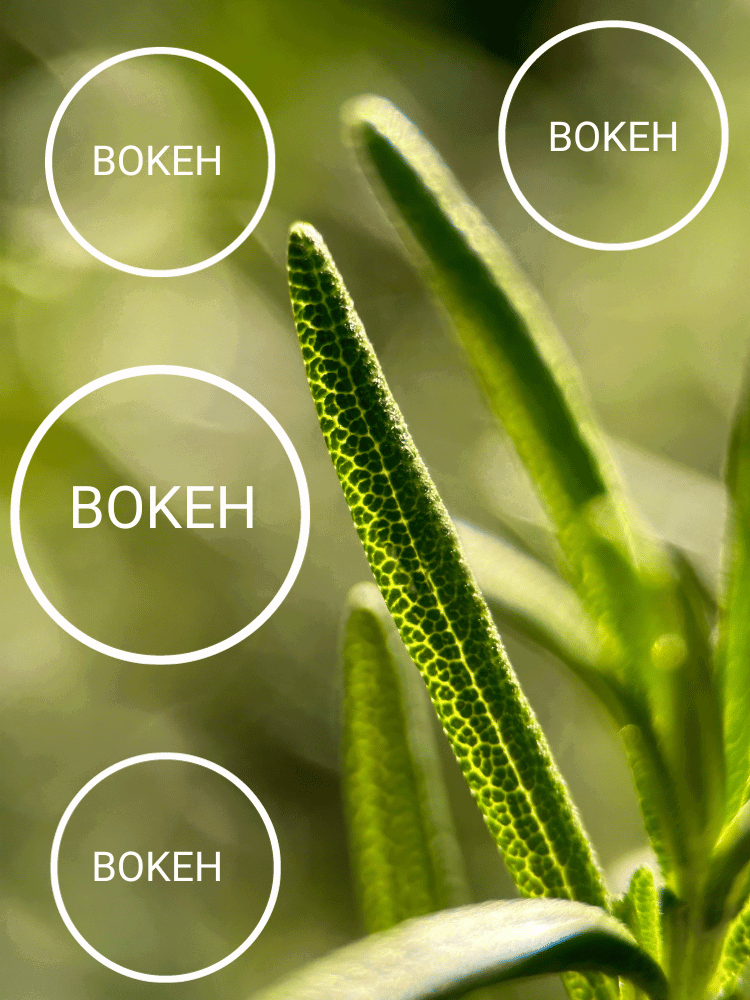
3. Sharpness - To ensure your photo quality comes out sharp we recommend a tripod. A tripod is ideal to stabilize your phone, since any small bump can effect a macro shot. It's also important that you adjust to your macro lens' close focus distance. To find that sweet spot you will have to adjust your distance from your subject.
As mentioned above if your focal length is between 150mm-200mm a tripod is ideal, but if it is 95mm-105mm, like the SANDMARC 100mm Macro Lens, handheld works great.
As mentioned above if your focal length is between 150mm-200mm a tripod is ideal, but if it is 95mm-105mm, like the SANDMARC 100mm Macro Lens, handheld works great.
Conclusion
Macro photography allows you to see the world in greater detail. With great magnification ratio, bokeh, and image sharpness your macro photos will turn out beautifully. For a deeper dive into macro photography check out the video below!

